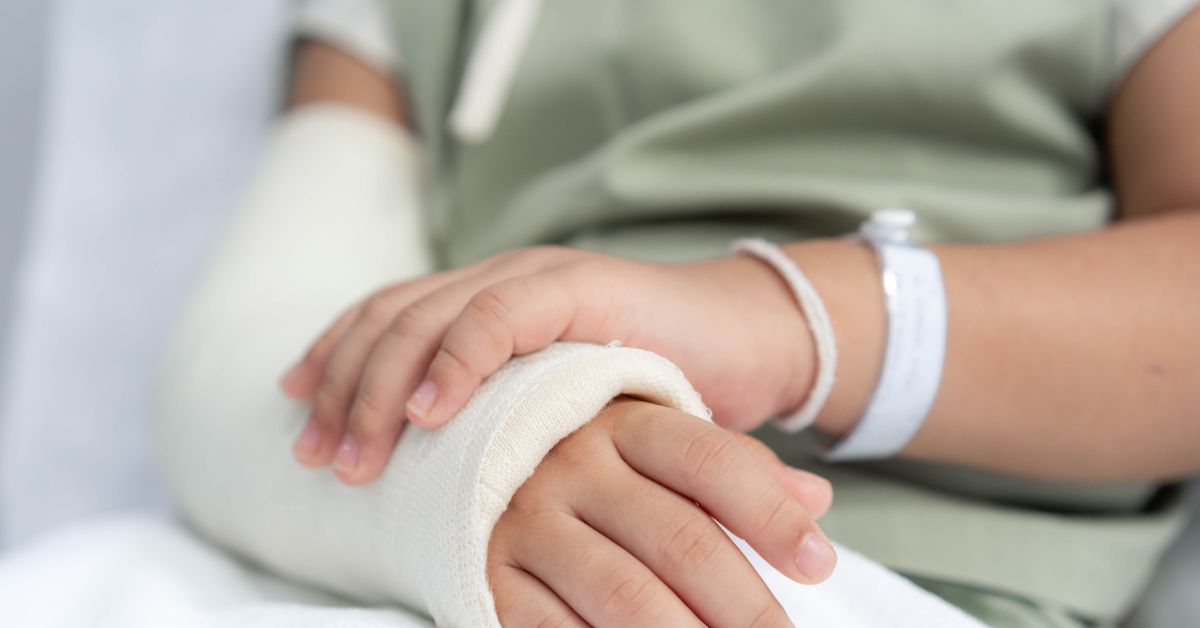Jumper’s knee, also known as patellar tendonitis, is an overuse injury that inflames kneecap tendons. It is commonly seen in athletes who run, jump or squat in physical activities. Sports prone to causing this injury include volleyball, basketball, running and weightlifting.
Ignoring or postponing treatment is hazardous to long-term health. After several weeks of untreated patellar tendonitis, the injury transitions to tendinopathy. Continued pressure wears and tears the injured tendon, and the body cannot repair damages at this degeneration rate. This causes chronic pain and stiffness in the knees, and surgery may inevitably become the only treatment.
Refrain from knocking your knees to disrepair by learning the warning signs, treatments and prevention methods of jumper’s knee.
Signs and symptoms of jumper’s knee
- Area below the knee cap is extremely tender upon pressured touch
- One knee appears thicker or wider than the other
- Knee pain is present while working out.
- Aches occur when climbing stairs or rising from a chair
How to treat jumper’s knee at home
- Reduce initial pain by applying the RICE recovery method to the injury (Rest, Ice, Compression, Elevation).
- Wear a knee brace, specifically patellar tendon straps, or wrap the patella with tape.
- Take anti-inflammatory medicines (e.g. ibuprofen) for acute inflammation and pain. *check with your physician if you have asthma or prescribed medications.
- Stop physical activity and rest for 3-5 days, then implement the following strengthening exercises:
- Stationary bicycling set to low tension helps maintain your endurance. Adjust the seat so that your leg is straight on the down stroke, and exercise for 30 minutes a day.
- Practice quadriceps isometric exercises by sitting down, straightening your legs and raising them off the mat. Push the knee down toward the floor until you feel the quadriceps muscles tighten. Hold the position for five seconds and repeat it ten times, twice a day.
- Short-arc extensions can work either sitting up or lying down. Place a rolled towel under your thigh and keep your leg raised for five As you lower your foot, slowly bend the knee upwards. Repeat this exercise ten times for each leg, twice a day.
- Straight leg raises are practiced lying down. Have one knee bent with the foot on the ground and the other knee extended. Lift the straightened leg and have it raised for five seconds. Lower it slowly, and repeat the exercise 10 times for both legs twice a day.
- Avoid activities that trigger jumper’s knee symptoms.
- If the pain persists, contact your physician.
Seven ways to prevent jumper’s knee
- Warm up and stretch correctly
- Strengthen your muscles
- Improve technique
- Don’t play through the pain
- Have properly fitted shoes
- Avoid activities that cause pain
- Rest and recover
Have more questions about jumper’s knee? Visit mercy.com or call 513-952-5000 to find a physician near you.






